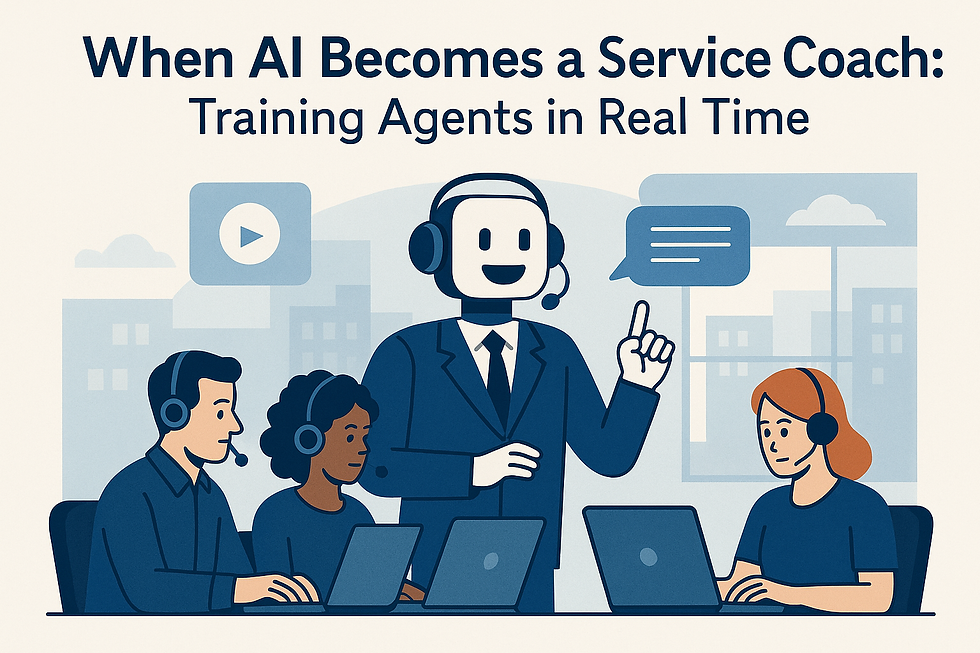Grocery AI: How Retailers Are Managing Inventory and Offers Dynamically
- eCommerce AI Expert

- Aug 18
- 2 min read

Introduction
Running a grocery store—whether online or offline—has always been a balancing act. Too much inventory leads to waste, while too little means disappointed customers and lost sales. Add in fluctuating demand, short product lifecycles, and competitive pricing pressure, and the challenge multiplies.
Enter AI in grocery retail—a force that’s transforming how stores manage inventory and offers, ensuring products are always available and priced right in real time.
Why Grocery Needs AI More Than Ever
Unlike electronics or apparel, groceries move fast, spoil quickly, and are often influenced by unpredictable demand factors like weather, holidays, or local events. Traditional systems can’t react at the speed required. AI fills this gap by:
Forecasting demand more accurately.
Automating replenishment.
Dynamically adjusting offers and pricing.
Minimizing waste while maximizing sales.
AI in Action: Smarter Inventory Management
1. Demand Forecasting at SKU-Level
AI models can analyze years of sales data alongside external factors—temperature, seasonality, even traffic patterns—to predict demand down to the SKU and store level.
2. Real-Time Replenishment
Instead of static reorder points, AI triggers replenishment dynamically, ensuring shelves (or online availability) are never empty for high-demand products.
3. Shrink & Waste Reduction
For perishable categories like fruits, vegetables, and dairy, AI can signal markdowns or promotions at the right moment to sell through stock before it expires.
AI-Driven Dynamic Offers
Personalized Promotions
AI tailors discounts and offers to individual shoppers based on purchase history, basket size, and preferences. A family buying baby food regularly might see bundled offers, while a health-conscious shopper gets discounts on organic produce.
Event-Based Discounts
During a heatwave, AI could push offers on cold drinks and ice cream. During festive seasons, bundles for sweets and snacks are auto-created and promoted.
Competitive Price Matching
AI systems track competitor prices in real time, ensuring that grocery retailers remain competitive without manual intervention.
Real-World Impact
Increased Availability: Customers find what they need more often.
Higher Margins: Dynamic pricing prevents unnecessary discounts.
Reduced Waste: AI ensures fresh stock is sold before expiry.
Customer Loyalty: Shoppers receive offers that feel relevant, not random.
Example in Practice
Some modern retail platforms (like Nurix, among others) are beginning to integrate AI-powered grocery management systems that tie inventory data directly to offer engines. This means:
If bananas are overstocked, the system auto-triggers a “Buy 1 Get 1” offer.
If dairy products are nearing expiry, localized discounts are pushed to nearby app users.
If stock is running low on essentials, purchase limits or substitutions are automatically suggested.
The Future of Grocery AI
We’re moving toward self-optimizing grocery ecosystems, where:
Every item on the shelf has a digital twin tracked in real time.
AI not only predicts demand but pre-negotiates supply with vendors.
Customers experience ultra-personalized shopping journeys—where promotions, pricing, and availability feel tailor-made.




Comments